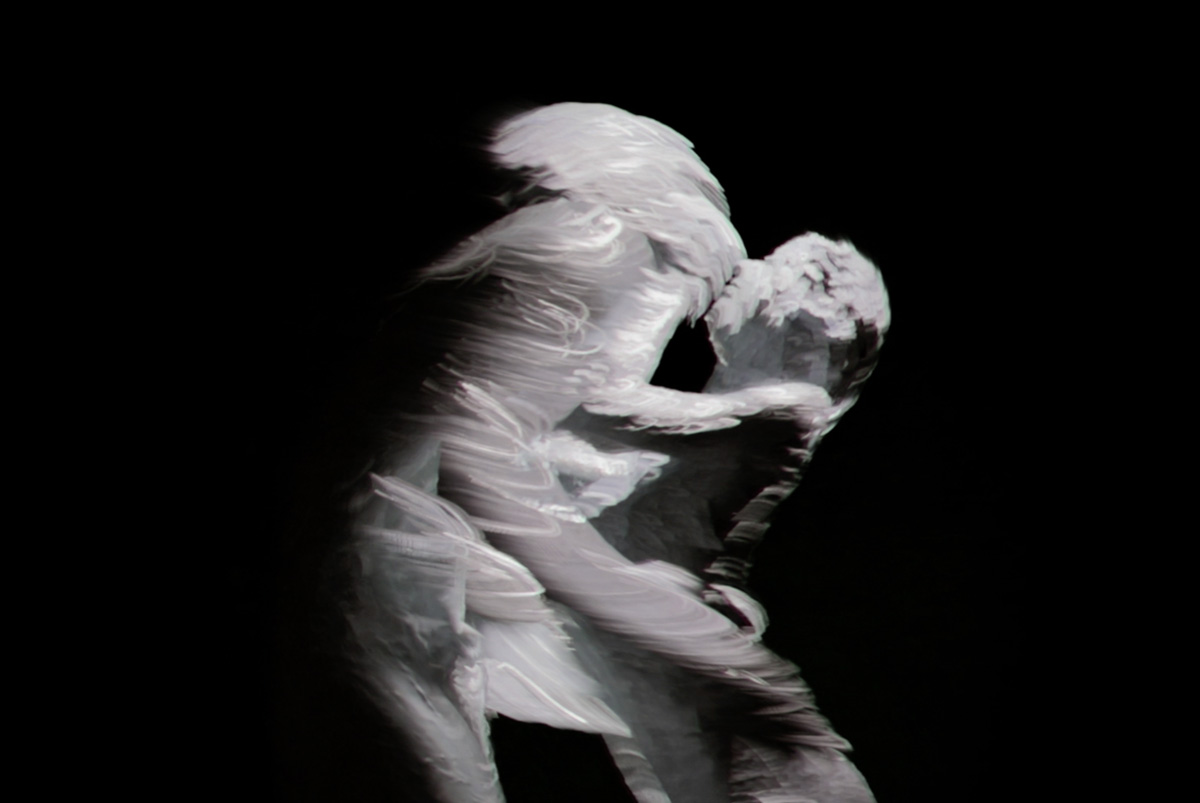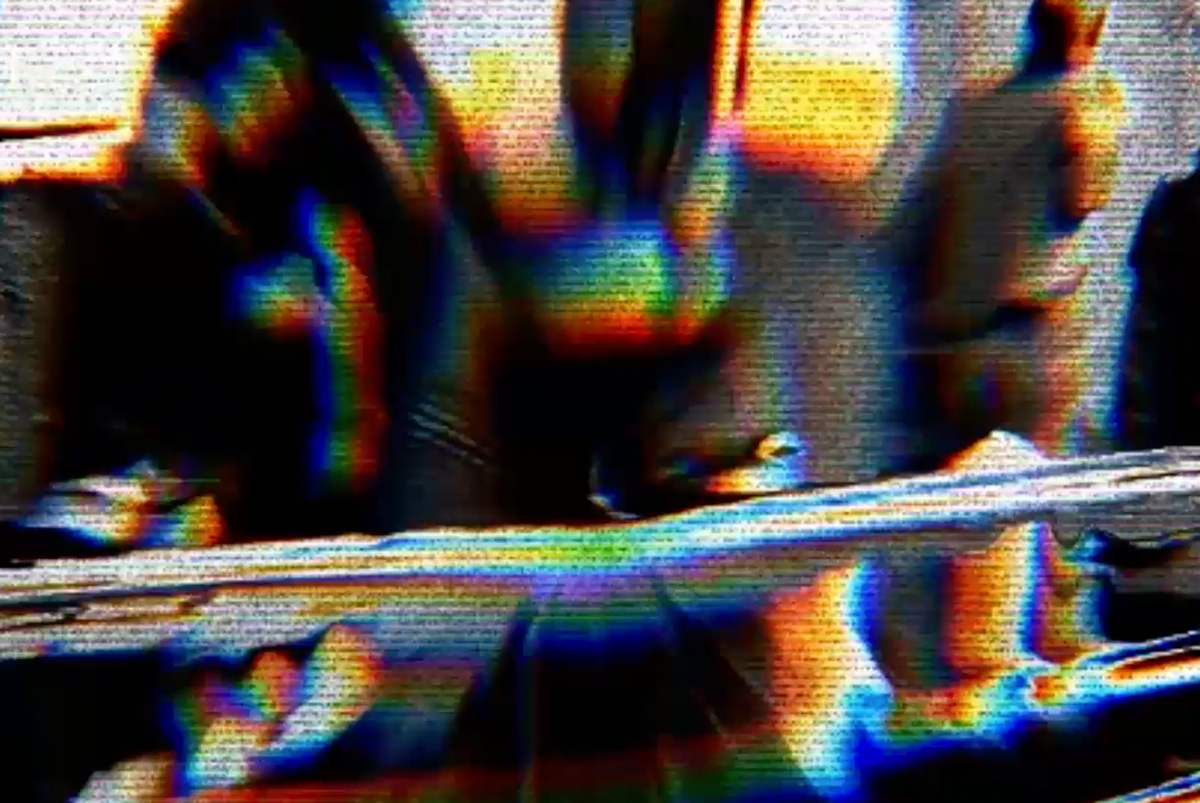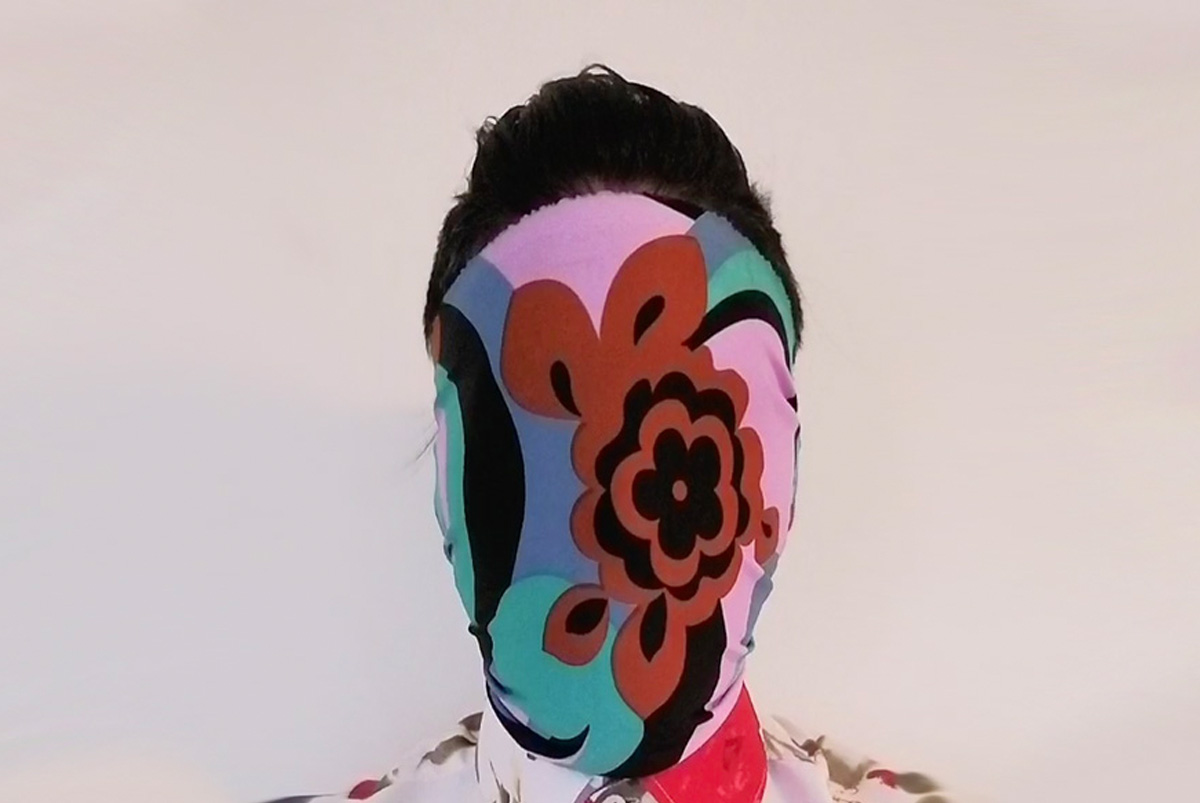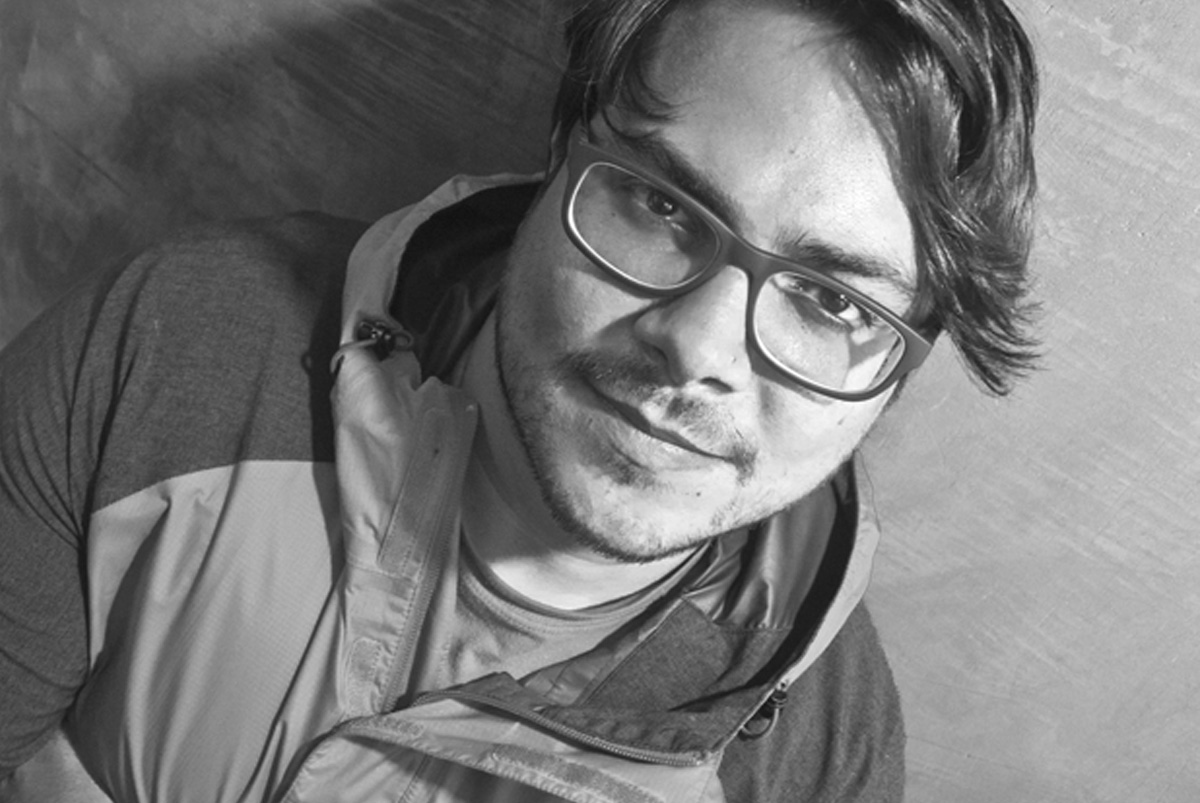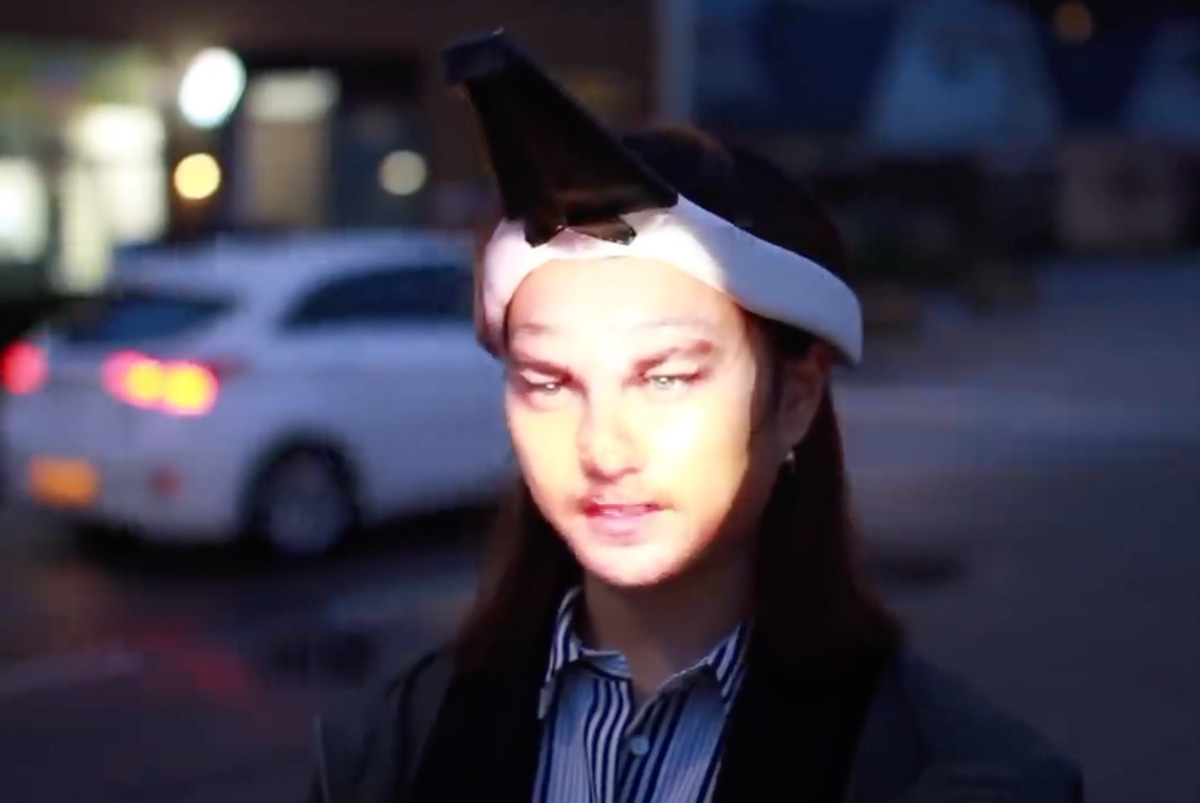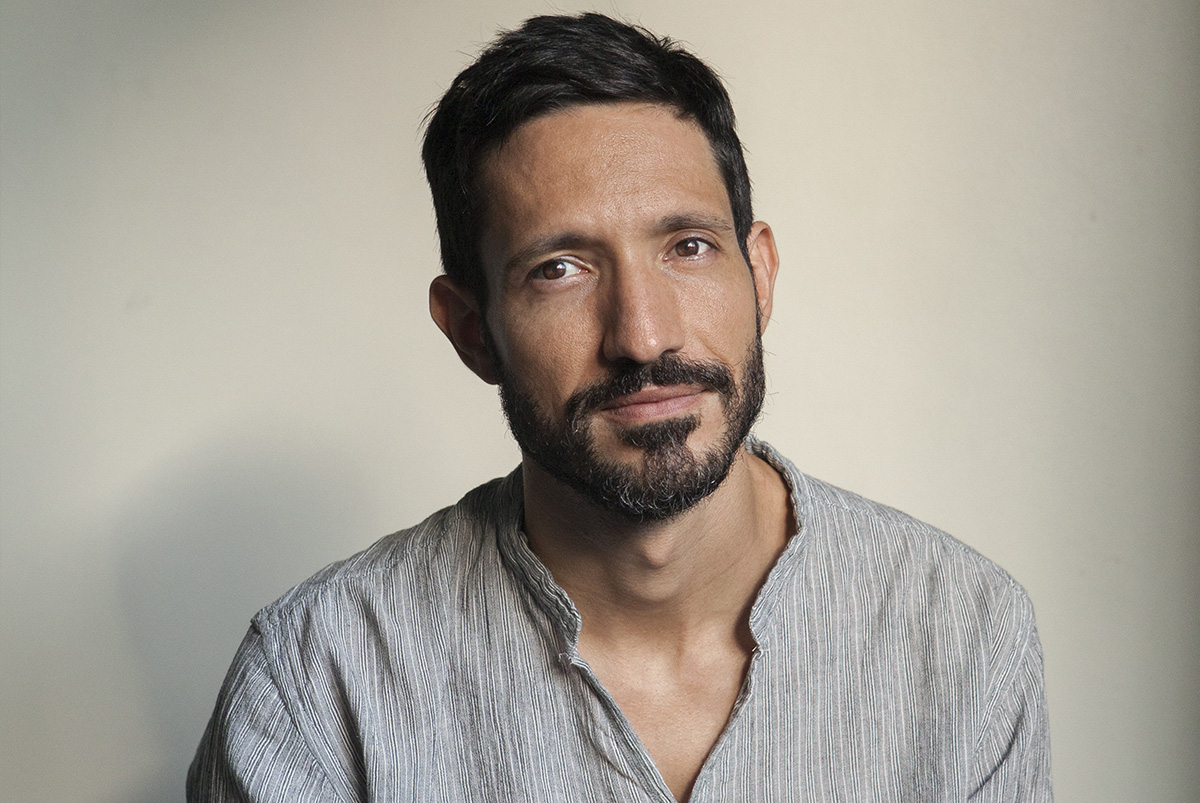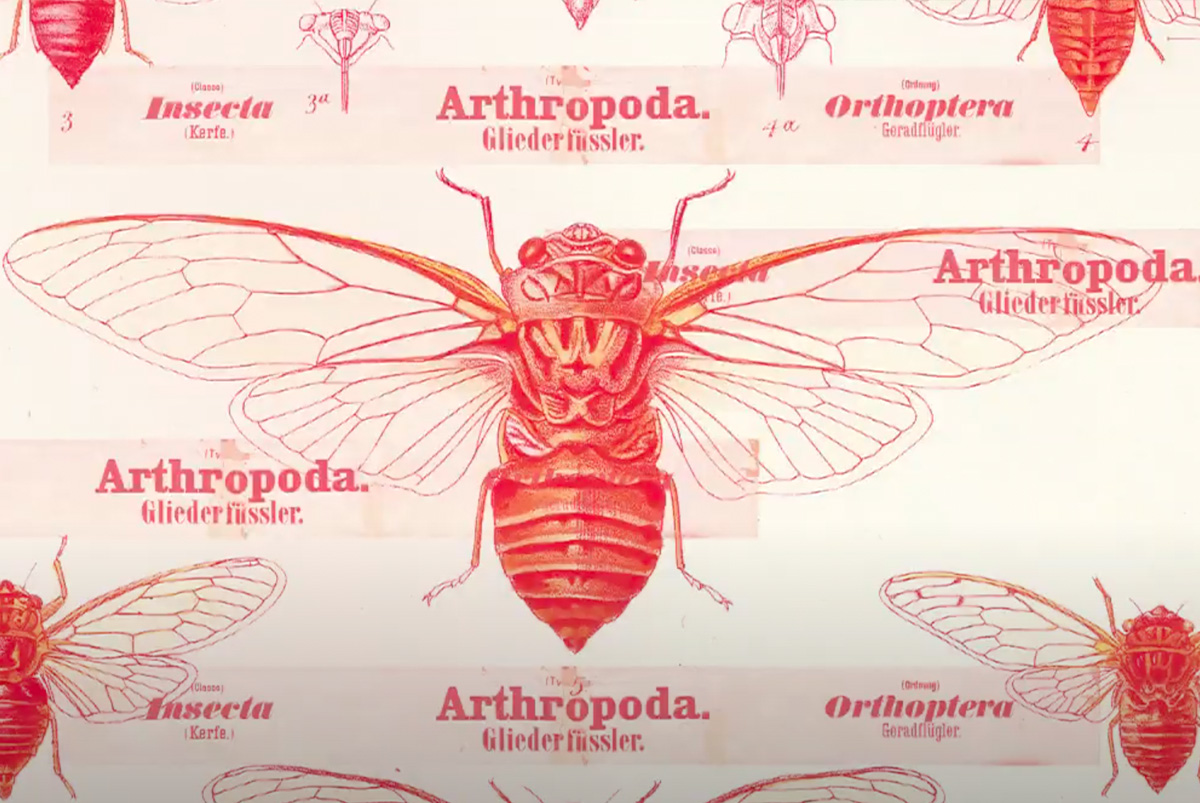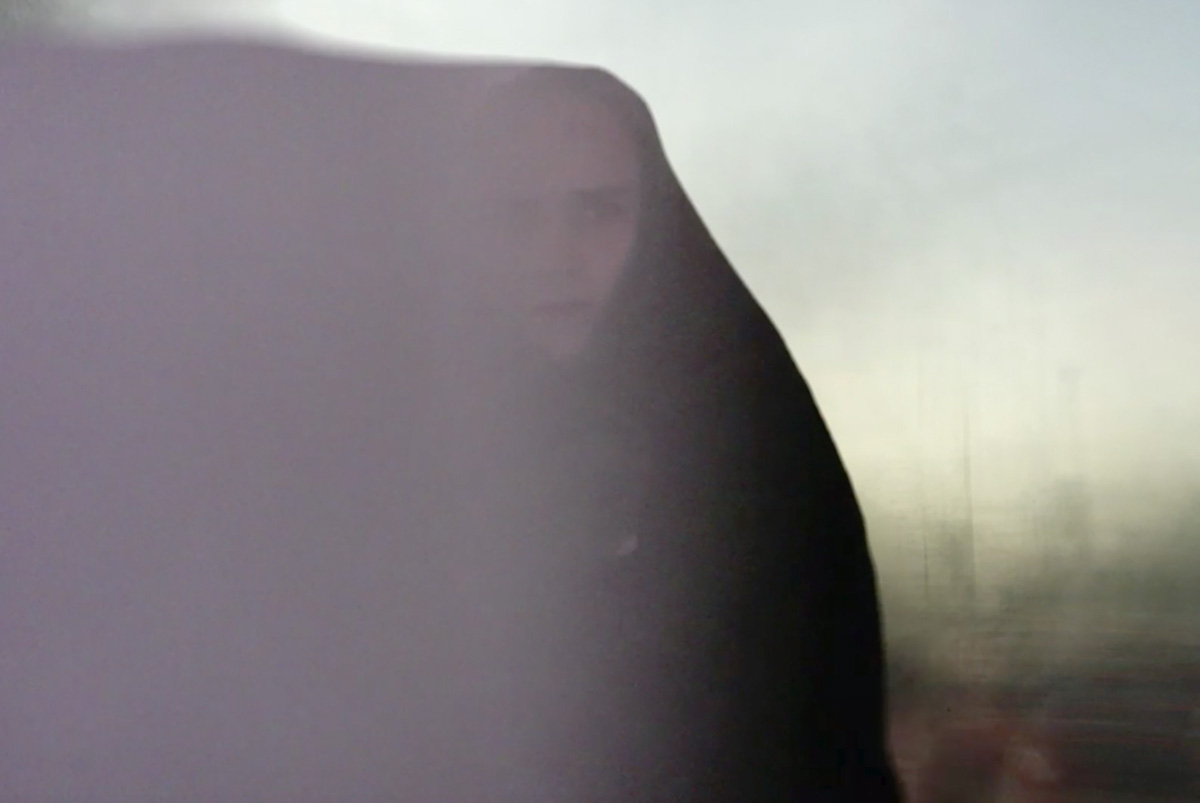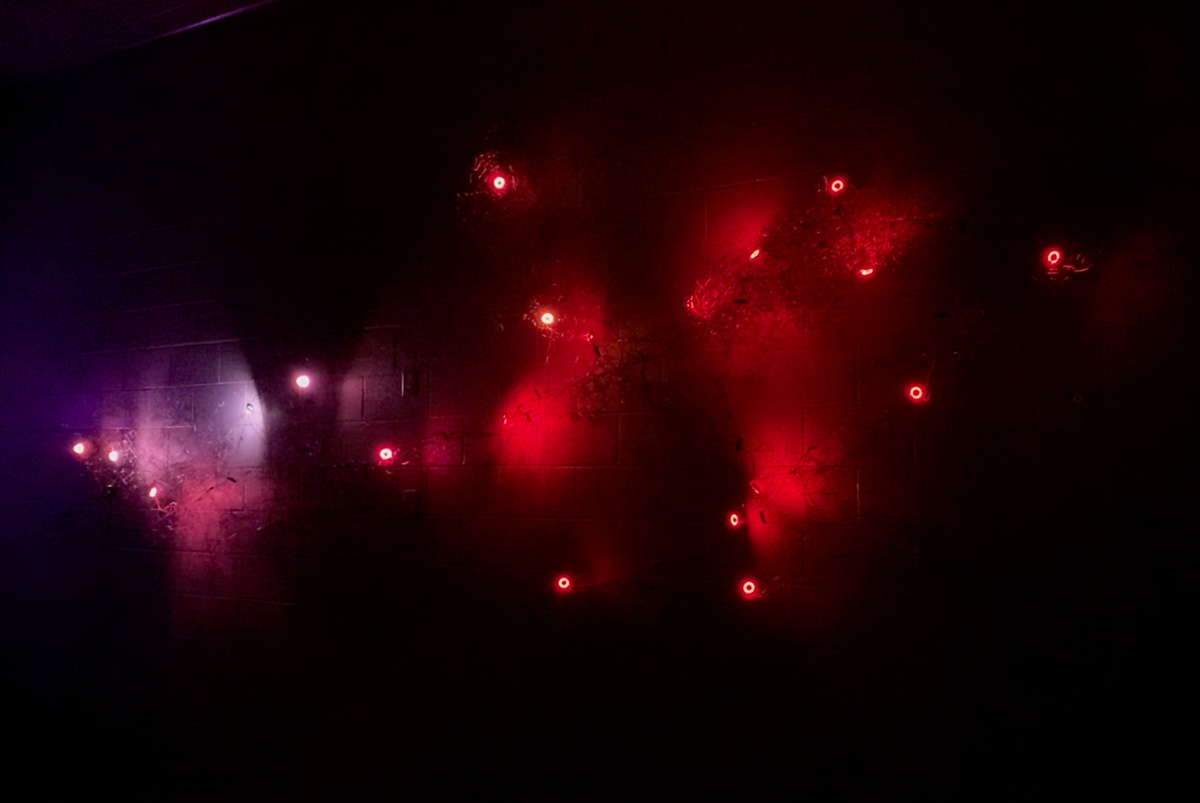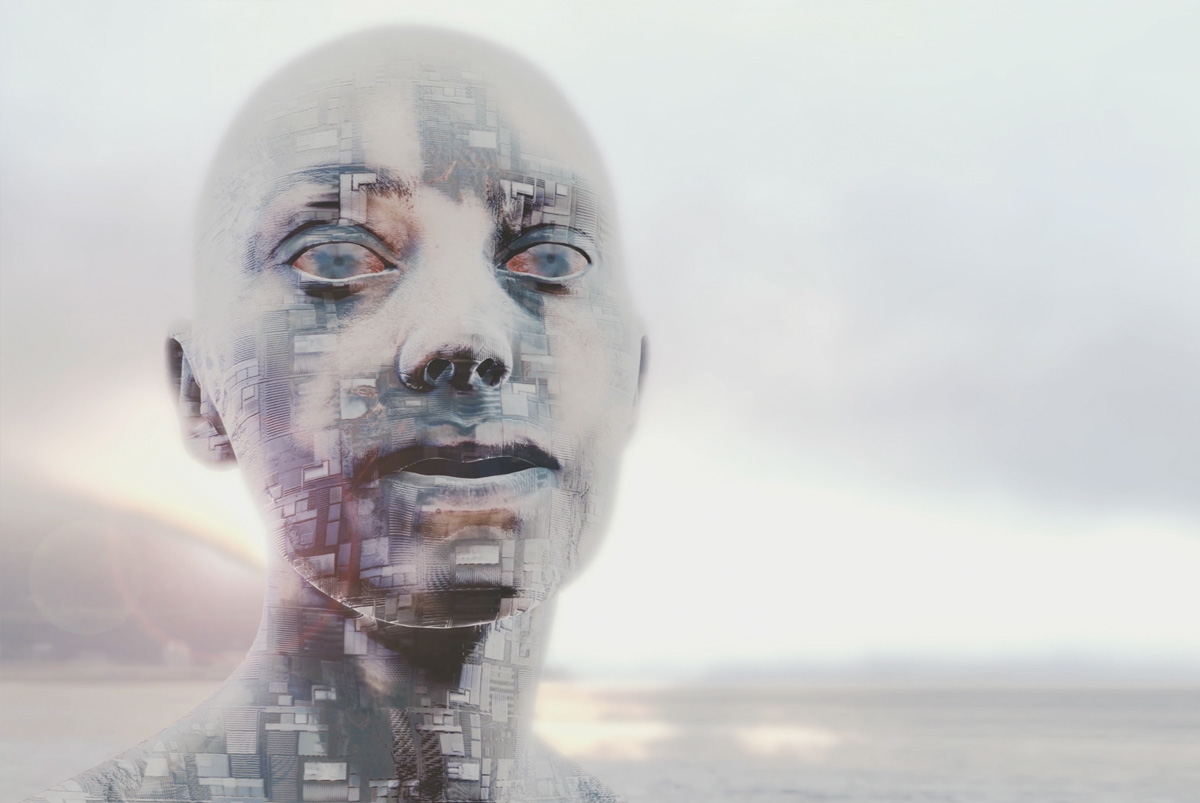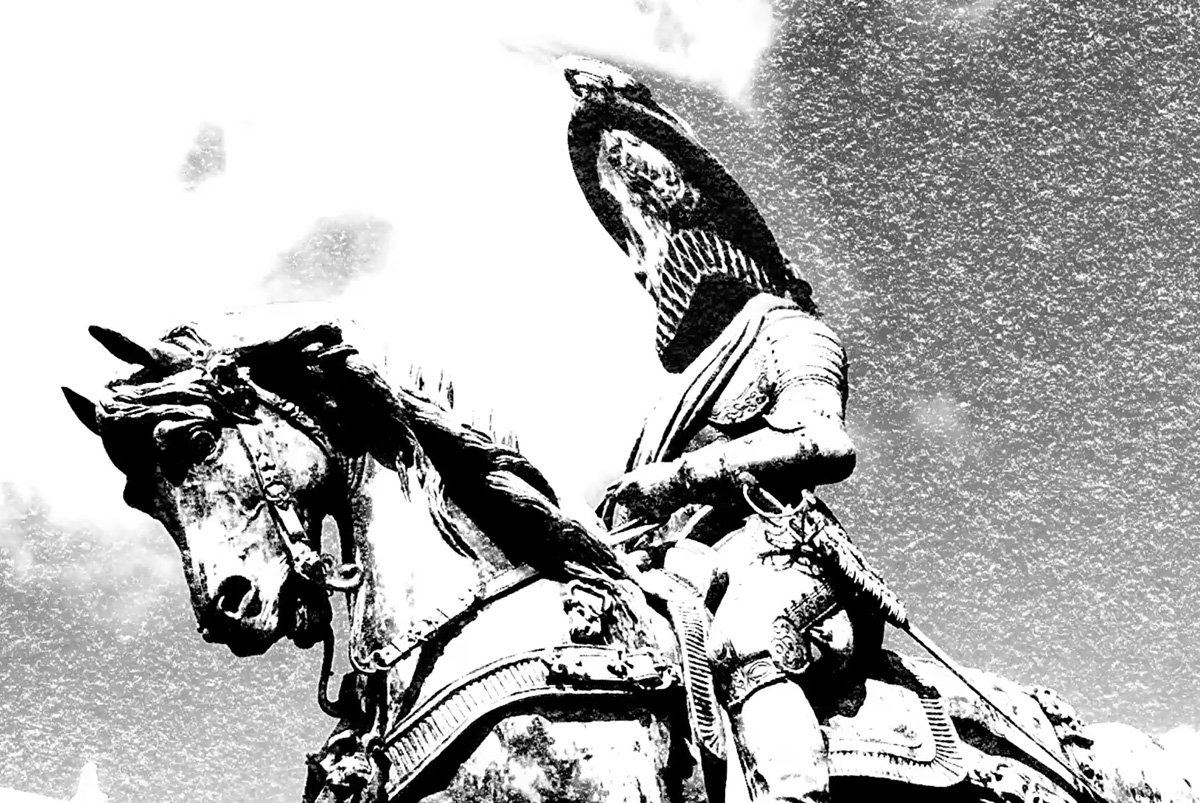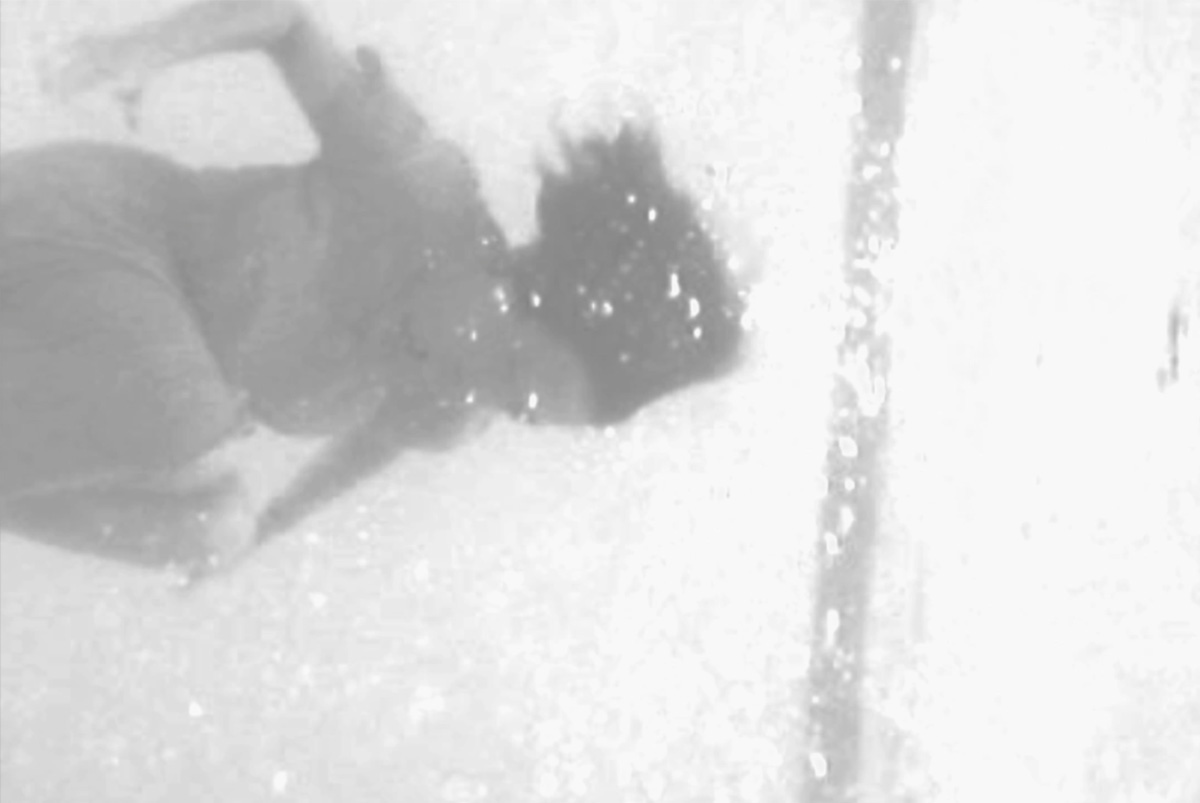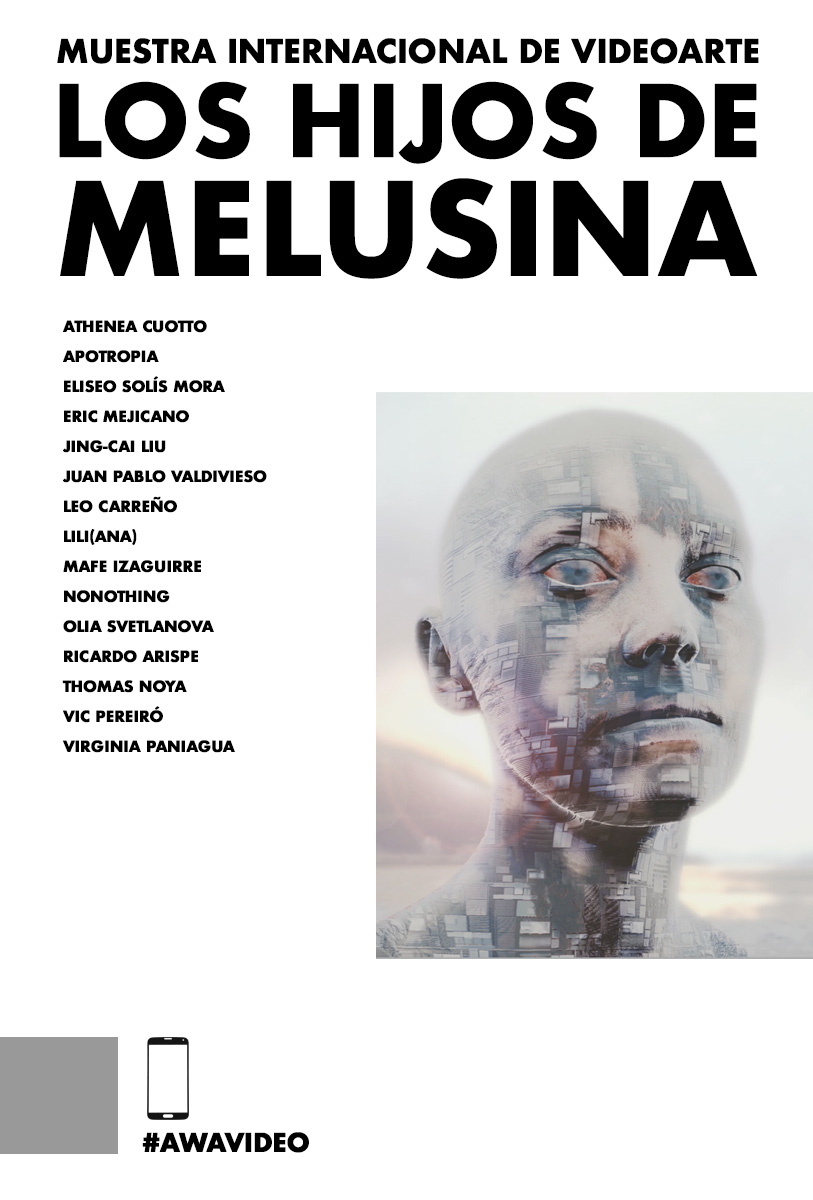SALA1
(Re)Nacer
“Existe un río cuyas aguas dan la inmortalidad; en alguna región habrá otro río cuyas aguas la borren. El número de ríos no es infinito; un viajero inmortal que recorra el mundo acabará, algún día, por haber bebido de todos. Nos propusimos descubrir ese río”.
Jorge Luis Borges.
Artistas en la sala
Virginia Paniagua, España.
Olia Svetlanova, Italia.
Vic Pereiró, España.
Leo Carreño, Colombia.
SALA2
(Neo)Eros
“Es como si amáramos. Es como si sintiésemos. Es como si viviéramos”.
Rafael Cadenas.
Artistas en la sala
Thomas Noya, Reino Unido.
Apotropia, Italia.
Nonothing, Portugal.
SALA3
Devenir clandestino
“El corazón no me late
al unísono
de bandas
de mi propia especie”.
Betina Barrios Ayala.
Artistas en la sala
Eliseo Solís Mora, Venezuela.
Eric Mejicano, Venezuela.
Jing-cai Liu, China.
Athenea Cuotto, Venezuela.
SALA4
In(Visible)
“En este espacio en que existo
solo escucho
el aire
que no veo”.
María Alejandra Colmenares León.
Artistas en la sala
Ricardo Arispe, Venezuela.
Mafe Izaguirre, Estados Unidos.
Lili(ana), Estados Unidos.
Juan Pablo Valdivieso, Venezuela.

